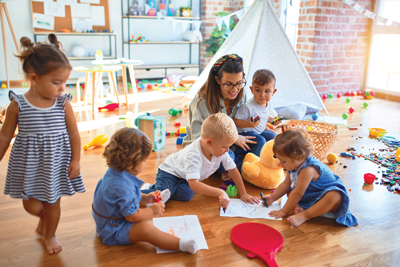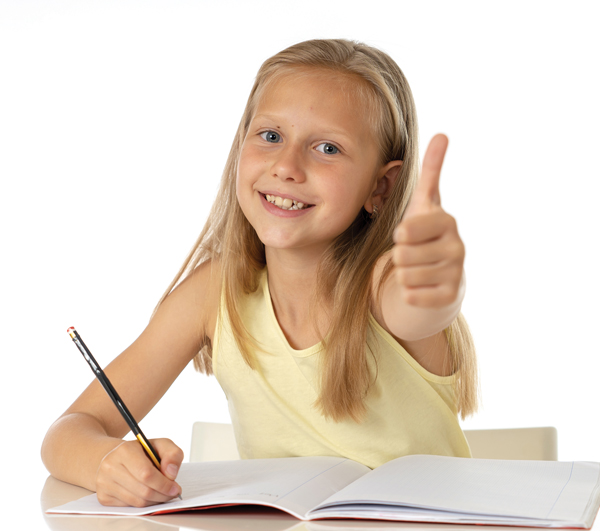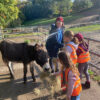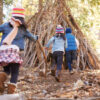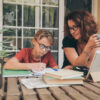by Emma Willing and Antonia Felix
The choice of a child’s school is one of the most important decisions parents will make. For separated parents in particular, the decision can be more challenging, especially if living arrangements are not settled or if there is divergence of views as to the best educational setting for a child.
The deadline for parents (of children due to start primary school in September 2022) to apply for a state primary school place is 15 January 2022. Following the making of an application, the offer of a school place will be received from the relevant Local Authority on 16 April 2022.
Emma Willing and Antonia Felix from Mishcon de Reya’s Family and Education teams consider some of the common issues and questions which can arise when choosing the right school and making the application as parents.
Who has the ability to make a decision about where a child goes to school?
Provided both parents have parental responsibility, any important decisions in respect to a child, including regarding education, must be made by the parents jointly.
If agreement cannot be reached, or one parent has acted without the other parent’s agreement, it may be that a method of dispute resolution such as those discussed below can assist. Ultimately, if parents cannot reach an agreement, an application can be made to Court to determine the issue in dispute.
The Court’s primary focus in determining such a dispute will be an assessment of what is in the child’s best interests.
What is ‘parental responsibility’?
Parental responsibility defines the rights and responsibilities that an individual has in respect to a child, and determines who has decision-making power in matters such as education, religion and medical treatment.
The birth mother of a child automatically acquires parental responsibility at birth. This does not apply to the father or non-birth mother (in the case of a same-sex female couple), unless they were married or in a civil partnership with the mother at the time of the birth.
If the parents are unmarried, the mother is not required to enter the father or non-birth mother’s name on the birth certificate and if she does not, the father or non-birth mother will not then have parental responsibility. Despite this, if agreement cannot be reached, there are Court applications which can be made in order to obtain parental responsibility.
How can a disagreement about schooling be resolved?
While some separated parents will be able to reach a decision about the choice of schooling between themselves, others may encounter difficulties and the situation can become increasingly stressful as the application deadline looms.
There are various ways in which to resolve a disagreement:
Family member / mutual friend – A trusted family member or mutual friend may be able to assist parents in discussions. This can be particularly useful to diffuse a situation of conflict and involve someone neutral in the discussions.
Mediation – A mediator is a neutral facilitator. The mediator will be entirely independent from the parents and their respective solicitors (should the parents have them). While the mediator can facilitate and encourage discussions between separated parents, overall resolution can only be reached by agreement. Following an agreement reached by mediation, it is then advisable for both parents to consult with their own solicitors in order to formalise any agreement reached.
Arbitration – An arbitrator can be jointly appointed by the parents to make a decision in respect of the dispute. The advantage of arbitration is that resolution can normally be reached far more quickly than through the Court process. The arbitrator can impose a final outcome on the parents. However, unlike mediation which may result in an agreement, the parents may feel that they have less control over the eventual outcome.
Round table meeting/discussions between solicitors – There can be discussions between the parents’ respective solicitors either via correspondence or at a so-called ’round table meeting’ (which does not, despite the name, have to involve the parties sitting together) to resolve the issues.
Court – If agreement cannot be reached and parents do not want to use arbitration, an application can be made to Court. This should however be seen as a last resort.
What other planning can be put in place to avoid future disagreements?
It is advisable for parents to engage in discussions about the choice of a child’s school early. Where possible, parents should seek to meet or engage a third party to facilitate discussions around six to twelve months in advance of a school application deadline. Careful planning and thought is required, including attending school open days, considering up to date Ofsted reports and speaking to other parents. The earlier discussions commence, the sooner any areas of disagreement can be identified.
Parents should consider diarising future dates when applications are required to be made or assessments taken throughout their child’s education, and seek to approach the process together wherever possible.
Deciding between a mainstream school or a special needs school
Some children need more support than others to gain as much as they can from their education. A child may have been diagnosed with a medical condition, disability or special educational needs and there may be a professional assessment setting out what kind of educational help they need.
For children who need more help than a mainstream school would normally be able to provide, a plan in England called an Education Health and Care (EHC) Plan will be issued (following a formal assessment) by the local authority where a child lives. This will detail the child’s educational needs and the support they will receive.
Many children with an EHC Plan in place will go to a mainstream school, and the law gives children a right to a mainstream education if parents want this. However, parents may decide a child will be better supported in a specialist needs school. The local authority will discuss schooling options with parents when a child’s plan is drawn up, or reviewed, and must consider the parents’ views. The final decision rests with the local authority, however, if the level of provision is not agreed, an appeal to the First-tier Tribunal may need to be considered.
All mainstream schools in England and Wales will have a staff member, known as a Special Educational Needs Co-ordinator (SENCO), who is responsible for arranging support for pupils with special educational needs (SEN).
Before making a decision – whether you are separated parents, a single parent or two parents together – the key is to do research in advance, and discuss your child’s needs. Try to talk to other parents at the school, and ensure you visit the school to see first-hand how it is run.
What steps should parents take if issues arise with a Local Authority once the offer of a school place has been made?
First, it is important to remember that there is movement with school places after offers have been made during the spring and summer period. If a child does not have a place in one of the schools selected on 16 April 2022, then contact should be made with the local council to obtain details of schools with places. The council may be able to assist, avoiding any need for parents to engage the appeals process.
It is also possible to put a child’s name down on a waiting list at a preferred school via the school or the council (the ‘admission authority’ for each school must keep a waiting list open for at least the first term of each school year).
Even if a child has a school place, it is possible to go on the waiting list for another school. Parents should not automatically reject the place offered, in case doing so may result in a situation of a child having no school place. It is important to be aware that for Reception, Year 1 and Year 2 the class size is limited to 30 so the school can refuse the appeal if the limit has been reached.

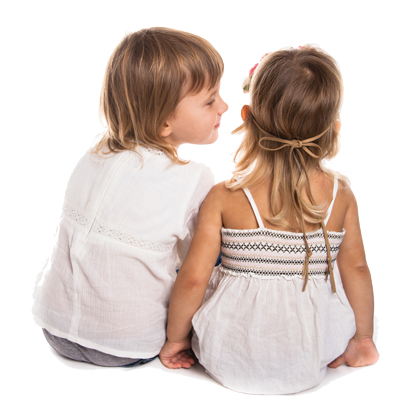
 It is important to note that schools can award scholarships with bursaries; providing the prestige of a scholarship, with the financial support of a bursary.
It is important to note that schools can award scholarships with bursaries; providing the prestige of a scholarship, with the financial support of a bursary.